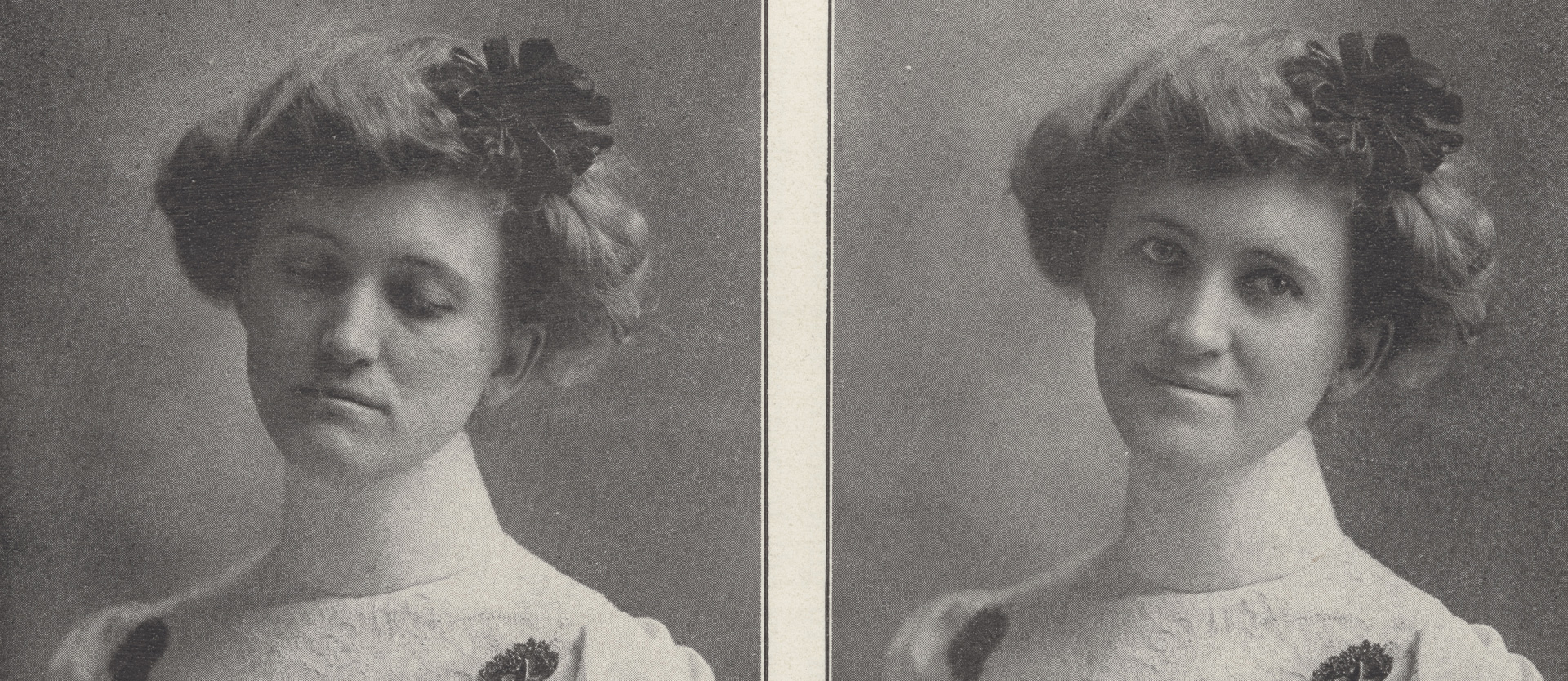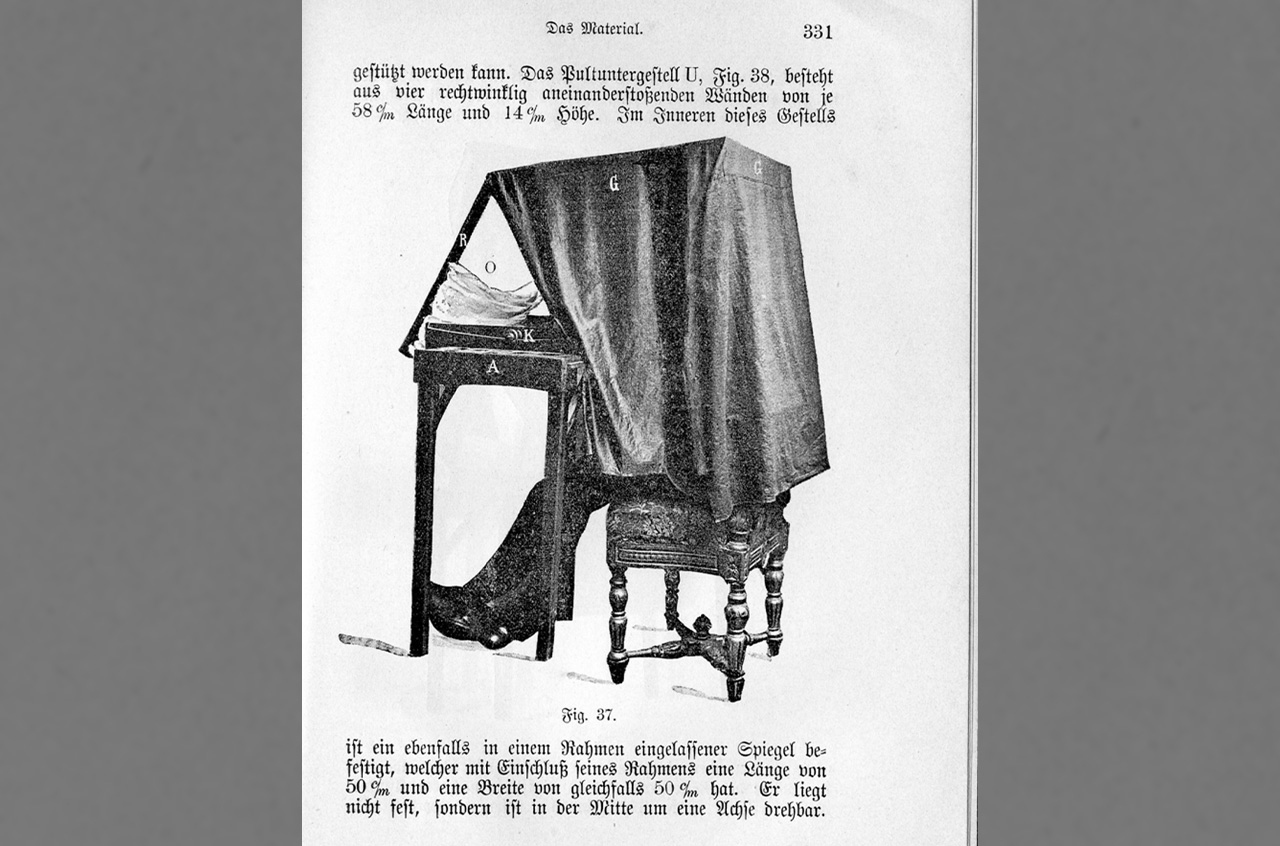
Beautiful pictures - half the truth
Altering photographs has a long tradition. This is shown by the online exhibition "Image Manipulation in Photography" of the Art History Institute of the Max Planck Society.

The look back to the future
The offer of social media is tantamount to an invitation to whitewash. Even before you can upload a picture, you are told that you can quickly apply a filter or two to your photo. The whole thing is then made more attractive by small preview images, which certainly have their appeal. So you start to play, to change, and thus to whitewash the truth. All of a sudden, the people in the pictures have the purest skin, the actually dreary cloudy sky becomes dramatic, or the water of a pond becomes deep blue like in the Caribbean.
With such, diplomatically expressed, "adjustments" one joins seamlessly in the long tradition of image manipulation. "The history of image manipulation is not tied to photography alone. In fact, its beginnings can already be found in prehistory and early history," explains Dagmar Keultjes, who scientifically studies the phenomenon at the Institute in Florence. "Apparently, from the very beginning, people felt the need to rework pictorial works after they were completed."
Thus, even in the early years of photography, the subsequent editing of photographs was the order of the day. The sometimes serious technical deficiencies, such as blurring or the incorrect reproduction of tonal values, had to be compensated for. This was done by corrections on the positive or directly on the negative. Soon, changes were also made in terms of content and aesthetics.
"While image manipulation can already take place through the choice of lenses or the light setting during shooting, the term retouching contains the meaning "to touch again" or just "to revise," Keultjes explains. "The focus of my dissertation was on the use of retouching in the early years of analog photography, particularly on early negatives made of paper and glass," the art historian explains. "Retouching interventions are often invisible to the viewer on the positive print, but on the corresponding negative they are still visible today as a paper mask or red contour line, as scoring or graphite powder."
In the course of the 19th century, a separate profession emerged: that of the retoucher. The techniques and tools of that time can also be found today in digital image processing. Tools such as "brush", "filter" or "masking" are directly derived from the analog retouching tools and techniques.
Back then, erasers and pencils were the tools of choice for smoothing out wrinkles or brightening shadowed areas in portraits. The portrait of a young woman shows such an intervention in reality. The pair of images comes from a manual for photo retouching from 1903. Her closed eyes were replaced by a drawn pair of eyes.

Negative retoucher at work at the retouching desk. From: Hans Arnold, Die Negativ-Retouche nach Kunst- und Naturgesetzen. With special consideration of the operations: Lighting, development, exposure and the photographic public, Vienna 1892.









